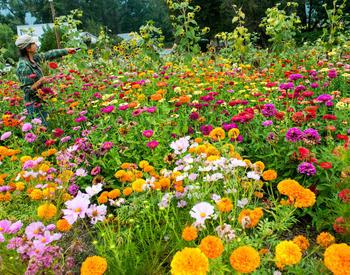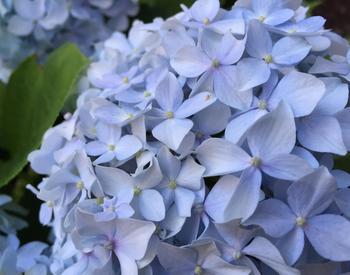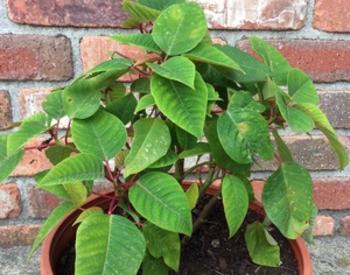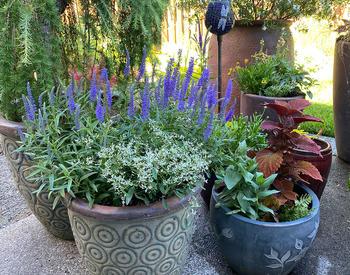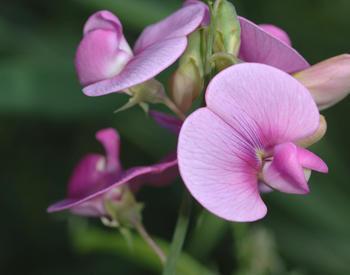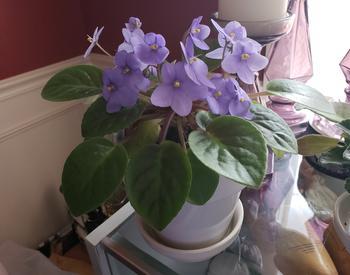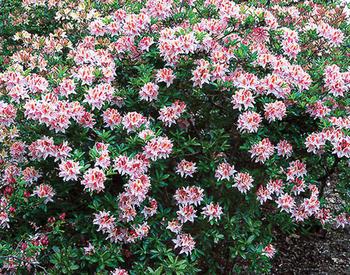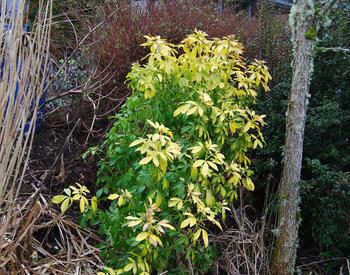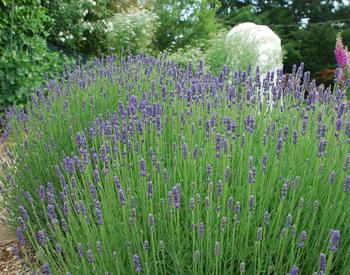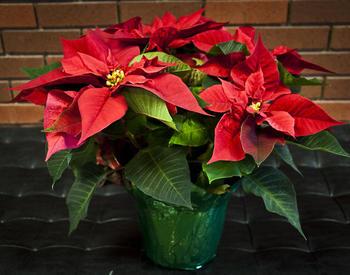CORVALLIS, Ore. – Hanging a basket filled with colorful plants gives decks and gardens another dimension.
“You’ll have color where you wouldn’t have any otherwise,” said Brooke Edmunds, a horticulturist for Oregon State University’s Extension Service.
With all the plants on the market, getting started can be intimidating, she acknowledged. But checking out finished hanging baskets at garden centers or looking through magazines or books can help you figure out the colors and designs you like.
“Think about the finished product – how you’d like it to look – and go from there,” she said.
A basket that will be hanging high looks great with trailing plants like petunia, ivy geranium, calibrachoa, alyssum, lobelia, verbena and fuchsia, she said. If you choose a spot where you’ll see the entire container, think about the “thriller, filler and spiller” concept, which features a taller plant in the middle, clumping plants to fill in and trailing plants around the edge.
Thrillers include upright geranium, nicotiana, salvia, daisy and heliotrope. For a more dramatic effect highlight extra-tall plants like dracaena, small ornamental grasses or cordyline. Around the center choose clumpers like upright geranium, marigold, lantana, mounding petunias, nemesia and coleus.
When designing a hanging container, Edmunds said to determine how big plants will be when fully grown and then choose the number per basket accordingly.
“You don’t want to use too many at first or they won’t reach their potential,” she pointed out. “And too few and the plants will never fill in fully.
Most important, don’t mix plants that perform best in shade with those that do best in sun.
“Definitely match plants to conditions or they won’t perform well,” Edmunds said.
A guide put out by Extension’s Master Gardeners offers additional ideas for plants, plus detailed instructions on planting and maintaining a hanging basket.
Below are Edmunds’ tips for hanging baskets
- Choose a container that’s not too heavy such as plastic, peat or wire baskets lined with moss or coir. Avoid materials such as ceramic or terra cotta.
- Don’t use soil dug from the garden because its heavy structure inhibits good drainage, which is essential for containers of any kind. Instead, select a good-quality potting mix. If reusing a basket from the previous year, replace the soil.
- If the potting soil doesn’t contain fertilizer, mix in a slow-release type when planting. If plants start to look ragged mid-season, apply a water-soluble fertilizer once a week.
- Leave about an inch of space between soil and the top of the container to allow room for watering.
- One way to tell when a basket needs water is to lift up from the bottom. If it feels light, it’s time to water. As a benchmark, do the test once when the basket has been watered so you’ll know the difference in weight.
- To keep the plants looking their best, pinch off dead flowers at least once a week. Cut back foliage if it starts to look leggy.
